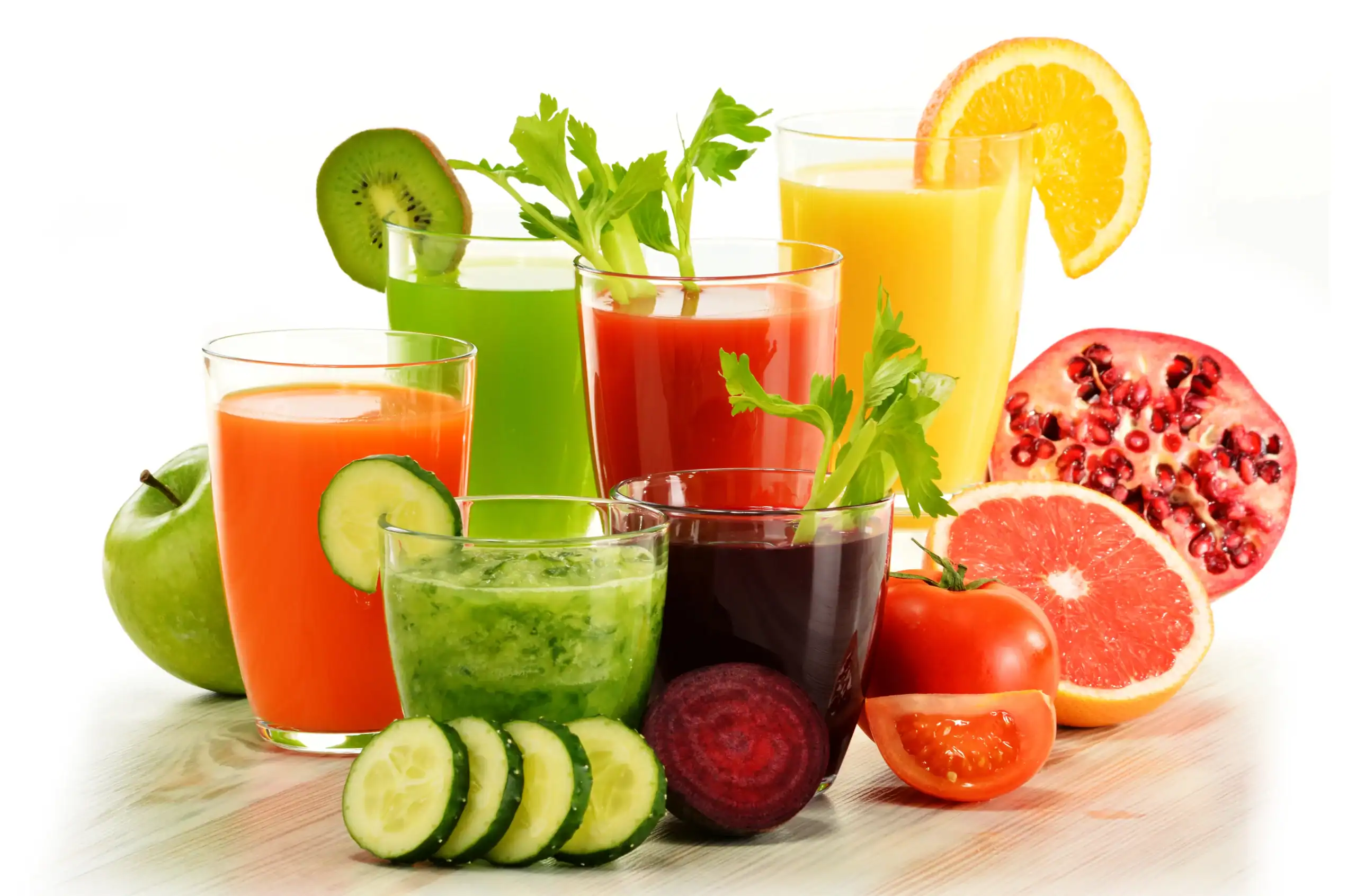Trends in the food industry are constantly changing. In recent years, consumers have increasingly prioritized natural ingredients over conventional and processed options. A key aspect that marks this shift is the increased scrutiny of labels, as buyers are paying more attention to nutritional labels, seeking transparency, and making more informed, conscious choices. Additionally, growing regulatory pressure in the United States may further accelerate this shift, signaling significant changes ahead for food manufacturers.
General Assumptions
There have been ongoing discussions around the potential health effects of specific synthetic colors, particularly based on animal studies that have occasionally suggested possible links with long-term exposure. However, in the United States, the FDA has not established any direct connection between synthetic colors and health issues in humans. When used within regulatory guidelines, the FDA considers these colors safe for consumption; however, some experts note that further research could be beneficial.
While some regions, such as parts of Europe, have opted to include precautionary labeling on products containing synthetic colors, these ingredients remain widely approved and used safely across the U.S. food industry. At Jogue, we are committed to staying informed about emerging research and global regulatory updates. We take pride in offering solutions that meet the highest quality standards, always prioritizing transparency and the well-being of our customers.
Substitutes
Specific synthetic colors are being phased out of food and beverage use, with the FDA aiming to finalize their removal by the end of 2026. In response, the FDA has already approved three new natural color additives derived from flowers, algae, and other natural resources.
As manufacturers prepare for this transition, it is critical to understand the properties, performance, and limitations of these natural alternatives. Below is a comparative analysis of potential color substitutions, highlighting key characteristics such as visual appeal, application, and formulations.

Key Considerations When Formulating with Natural Colors
At Jogue, we prioritize transparency in both our work and our interactions with clients. We are actively advancing our understanding of natural color formulation and production to ensure we can deliver high-performing and high-quality solutions that meet our clients’ needs. Our goal is to develop natural colors that match the performance of synthetic colors to the point that the difference is hardly noticeable. Some of our research includes more information and solutions for the following topics.
- pH Sensitivity
Certain natural pigments, such as anthocyanins found in red cabbage and black carrots, are highly pH-sensitive, appearing purple in neutral environments, red in acidic environments, and blue in alkaline environments. These characteristics must be carefully managed in multi-phase or shelf-stable products.
- Light & Heat Sensitivity
Many plant-based pigments, such as those found in beet juice or anthocyanins, can degrade or fade when exposed to harsh light or heat over extended periods. To maintain appearance and shelf life, manufacturers must carefully consider protective packaging, formulation, and processing conditions to ensure optimal product quality.
- Flavor Interactions
As we move away from synthetic colors, we must also focus not only on the color but also on the taste. Some natural colors, such as turmeric, carry distinct flavor profiles that can become very noticeable at higher inclusion levels. This makes flavor interaction a key consideration when testing product substitutes.
- Labeling
One of the major benefits of using natural colors is their clean-label appeal. Switching to all-natural ingredients offers brands a labeling advantage. These ingredients align with consumer demand for clean, simple labels that highlight real and recognizable food components. Natural colors help position products as healthier and more authentic, enhancing brand trust and meeting the expectations of today’s health-conscious shoppers.
- Costs
While natural colors bring strong consumer appeal, they often come with higher costs. Factors such as limited availability, specialized extraction processes, and shorter shelf life can increase ingredient expenses. However, these costs can be offset by premium pricing strategies, as consumers are willing to pay more for products perceived as healthier, cleaner, or sustainably sourced. Brands must balance formulation goals with financial feasibility, ensuring that added costs align with consumer willingness to pay and overall profit margins.
Leading the Way in Trendsetting
Innovation by major industry players continues to drive growth in the global natural food flavors and colors market. At Jogue, we don’t just keep up with how the food industry is evolving; we are always two steps ahead. We aim to keep our clients happy and stay up-to-date on what’s happening in the world, supporting their ideas while delivering the best solutions for their products. As a result, our R&D team is actively exploring and developing new alternatives to offer a wider variety of products. Some of the natural colors developed by our team that are already used across various applications include:
- Natural red color 18-288-1: made from radish, apple, and blackcurrant, processed with water, citric acid, and inverted sugar syrup.
- Natural orange color F-8063: made from annatto extract.
- Natural blue color 21-114-1: made with spirulina extract, water, invert sugar syrup, and citric acid.
- Natural green color 21-102-1: made with fruits, spirulina, water, invert sugar syrup, and citric acid.
- Natural red-dark red color F-6906: made with concentrated beet extractives and betanin.
- Natural yellow color F-8168: made from turmeric.
- Natural purple color 18-148-1: made with carrot juice.
- Natural red-orange color F-8176: made from beta carotene.
These developments reflect our commitment to our clients, providing safe and sustainable flavors in response to the growing demand for organic products.
At Jogue, we are aware of the concerns our clients have about switching from synthetic to natural colors, including differences in costs, stability, shelf life, and appearance. Our R&D and Quality Control teams proactively addressed these issues, leveraging our existing experience working with natural colors. Jogue proactively innovates and refines our processes to ensure that our natural solutions meet the same high standards our clients expect from synthetic alternatives.

